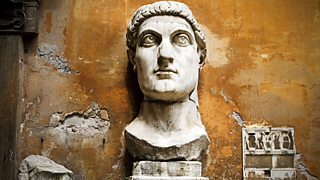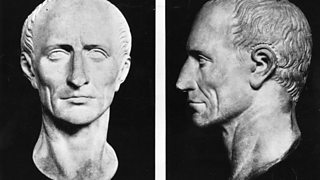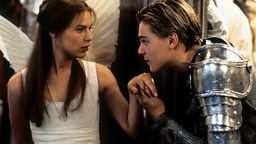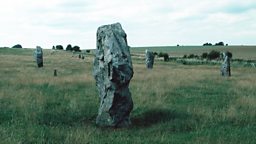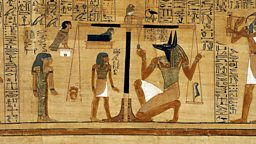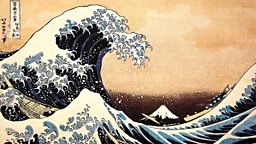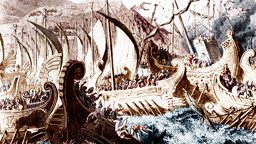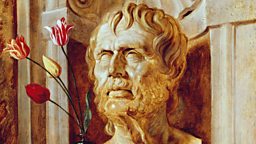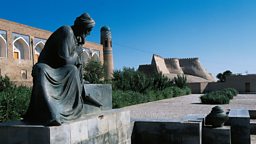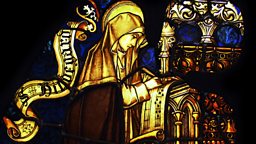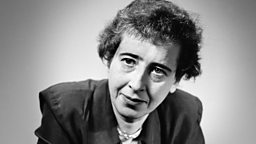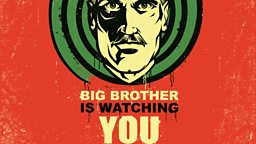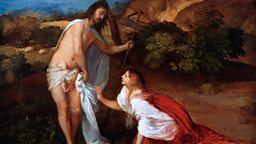Nero to zero: The rise and fall of a brutal Roman emperor
The Roman emperor Nero is known as one of history’s most brutal and eccentric leaders. He is said to have killed his mother, stepbrother and wives, persecuted Christians and squandered a fortune on a huge palace. At the same time, he organised games and chariot races and performed on the stage, calling himself an artist.
As In Our Time explores the truth behind Nero’s fearsome reputation, we pick out nine key facts about the infamous Roman emperor.
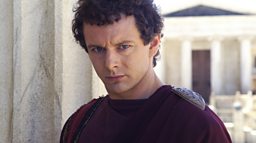
1. Nero became Roman Emperor aged just 16
When he came to power in 54 AD, the Roman Empire was vast. It stretched from Spain in the west to Britain in the north, and Syria in the east.
The first five years of Nero’s reign have been described as a “golden age” for the Roman people. He gave more power to the Senate, kept Rome’s army on side and became popular with ordinary people by throwing spectacular games and events. But this early success has been overshadowed by the breathtaking violence and cruelty that characterised much of his time in power.
2. His mother got him the job
Nero only became emperor because his power-hungry mother, Agrippina the Younger, manoeuvred him into place to take the role. She wed her uncle, the emperor Claudius, then arranged for Nero to marry his daughter – entrenching him in the family as the Emperor’s clear successor, despite the fact that he already had a son.
It’s been claimed that Agrippina poisoned Claudius with a plate of mushrooms, but there’s no way of knowing if this is true.
3. Five years into his reign, Nero had his mother killed
When he was first in power, Agrippina was one of Nero’s closest advisors – her face even featured alongside his on Roman coins. But he later had her killed, perhaps because he wanted more power and freedom.
Nero’s first attempt on his mother’s life failed. He invited her to a party by the sea, then sent her home in a ship that was designed to fall apart in order to kill her – but she survived. So instead, he accused her of treason and sent people to kill her.
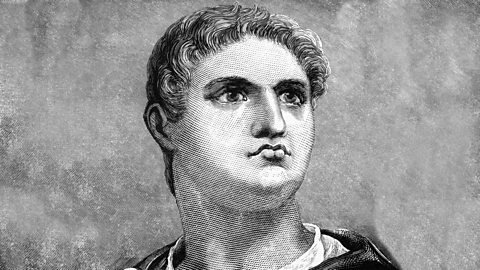
Why did Nero kill his mother?
Prof Maria Wyke explores Nero's motivation for having his mother killed.
4. Nero probably didn’t start the fire in Rome...
In 64 AD, much of Rome burned down in a huge fire. It was rumoured that Nero had started the blaze, and later accounts claim he played the fiddle while the city burned.
This can’t be true since fiddles didn’t exist in Roman times (although Nero did enjoy playing the lyre). Nor do historians think he is likely to have been responsible for the fire since it destroyed his palace. He made huge improvements to the city afterwards.
5. ...But he did scapegoat the Christians
To escape blame for the fire, Nero accused the Christians of starting it – at that time, they were a small, marginalised and unpopular group in Rome.
He is said to have meted out the spectacularly horrible punishments for arson – including having Christians crucified, letting wild beasts attack them, and setting them on fire – and revelled in the cruelty, inviting people to come and watch.
6. Nero built a giant palace – but it was never finished
After the great fire, Nero built an enormous palace spanning two hills. It was said to have had a golden room with revolving tables and perfumes piped in through the walls.
The building consumed vast quantities of resources, and was never finished.
People saw the palace as too extravagant in a city still reeling from the effects of the fire, although it was supposedly going to be opened up to the population of Rome to enjoy sports and events.
-
![]()
In Our Time: Nero
Listen to Melvyn Bragg and guests discuss the eccentric emperor.
7. Nero ordered his first wife’s death and murdered his second wife
When Nero tired of his first wife, Octavia, he had her banished and sent assassins after her.
On stage he wore a mask of the ex-wife he murdered, suggesting he was plagued by guilt and grief over her death.
Nero then married Poppaea, a noblewoman he had fallen in love with, but later kicked her to death in a fit of rage, while she was pregnant. It’s said that after this, whenever he played a tragic heroine on the stage Nero would wear a mask of Poppaea, suggesting he was plagued by guilt and grief over her death.
8. He took a year off to tour Greece as an actor
Nero loved all things theatrical. He played the lyre, sang, wrote poetry and acted on the stage.
These interests would have been seen by the Senate as totally inappropriate for a Roman leader – demeaning and shameful. Nevertheless, Nero spent a year touring Greek theatres and acting in competitions. He also took part in sports, and is said to have been able to drive a 10-horse chariot.
9. Even his death was dramatic
By the time he was 30, opposition to Nero had gathered momentum. With support from the army, the Senate declared him a ‘public enemy’, meaning he could be stripped and beaten to death if he were found.
Nero fled at night to a suburban villa and killed himself as the guards were approaching. As he died, he is said to have exclaimed, ‘Qualis artifex pereo’. We can’t be sure precisely what Nero meant by this, since the phrase can be translated in several ways. It could be read as either: ‘What an artist I am in my death’, ‘What an artist dies with me’, or ‘I’m dying like a tradesman’. Whatever the case, these final words were in keeping with his dramatic character.


